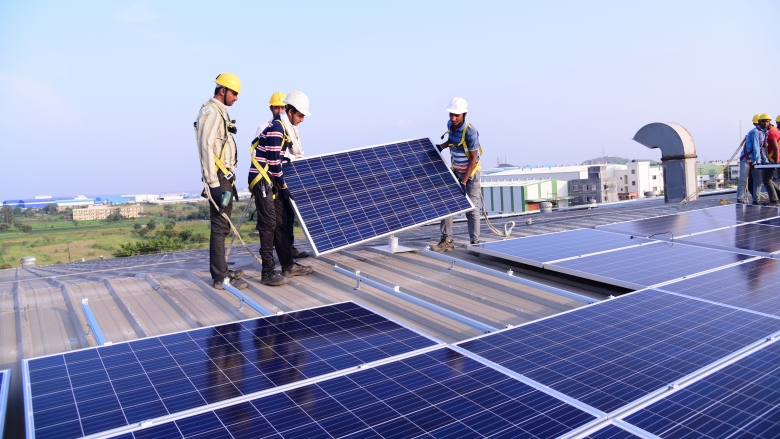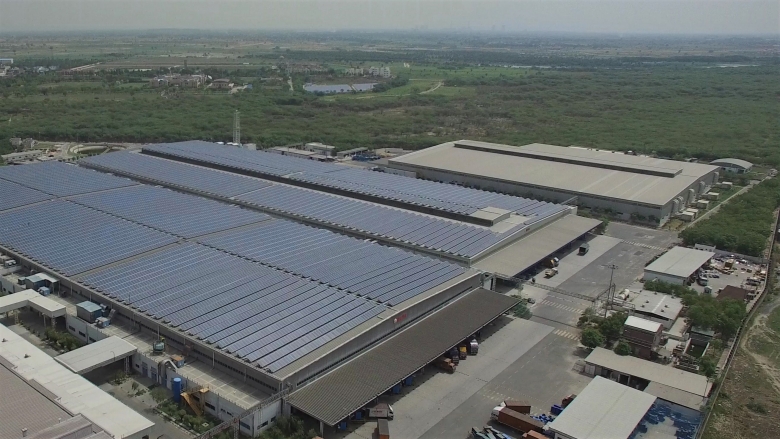Project Approved: 13-May-2016; Effective: 28-Sep-2016; Closing: 30-Nov-2021
Commitment Amount: $625 million
Disbursed: 38%
Project Context:
. Power shortages also affect economic output, with many industries and manufacturers relying on expensive and polluting diesel generators for back-up power supply. Installing solar PV units on rooftops would be a cleaner and cheaper energy solution for these consumers.
Until recently it was difficult to find affordable financing for this new market segment. .
The Project is being implemented by the State Bank of India (SBI), which has, with the help of the World Bank Group, developed new credit instruments for this segment. . With this new lending, users are not only able to generate clean, reliable energy for their own use, but are also able to feed surplus electricity into the national grid.

